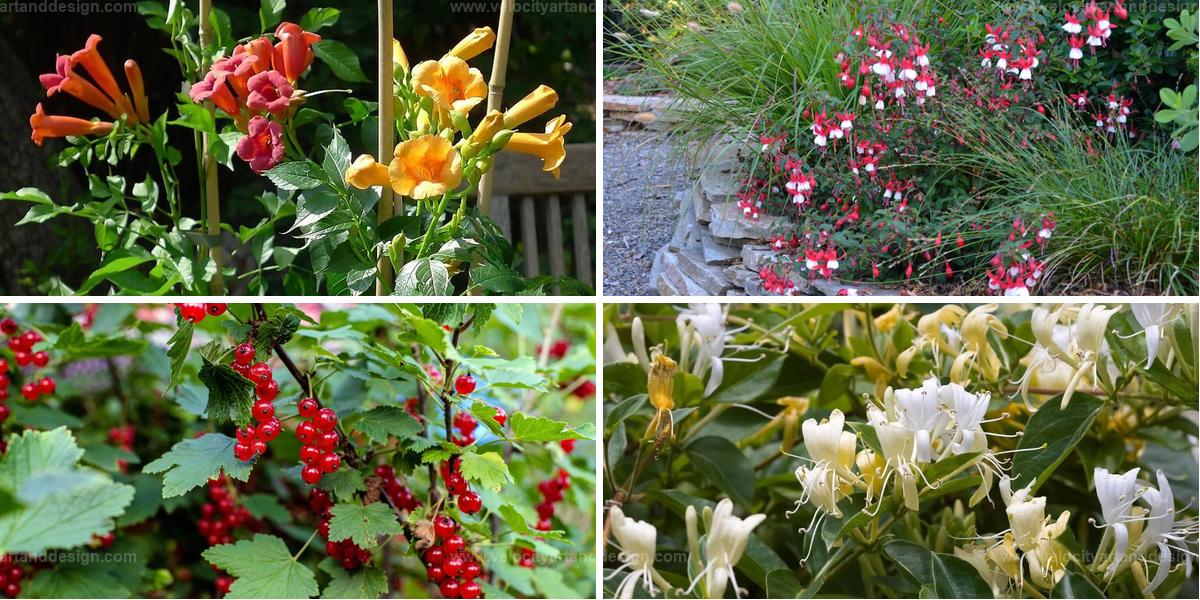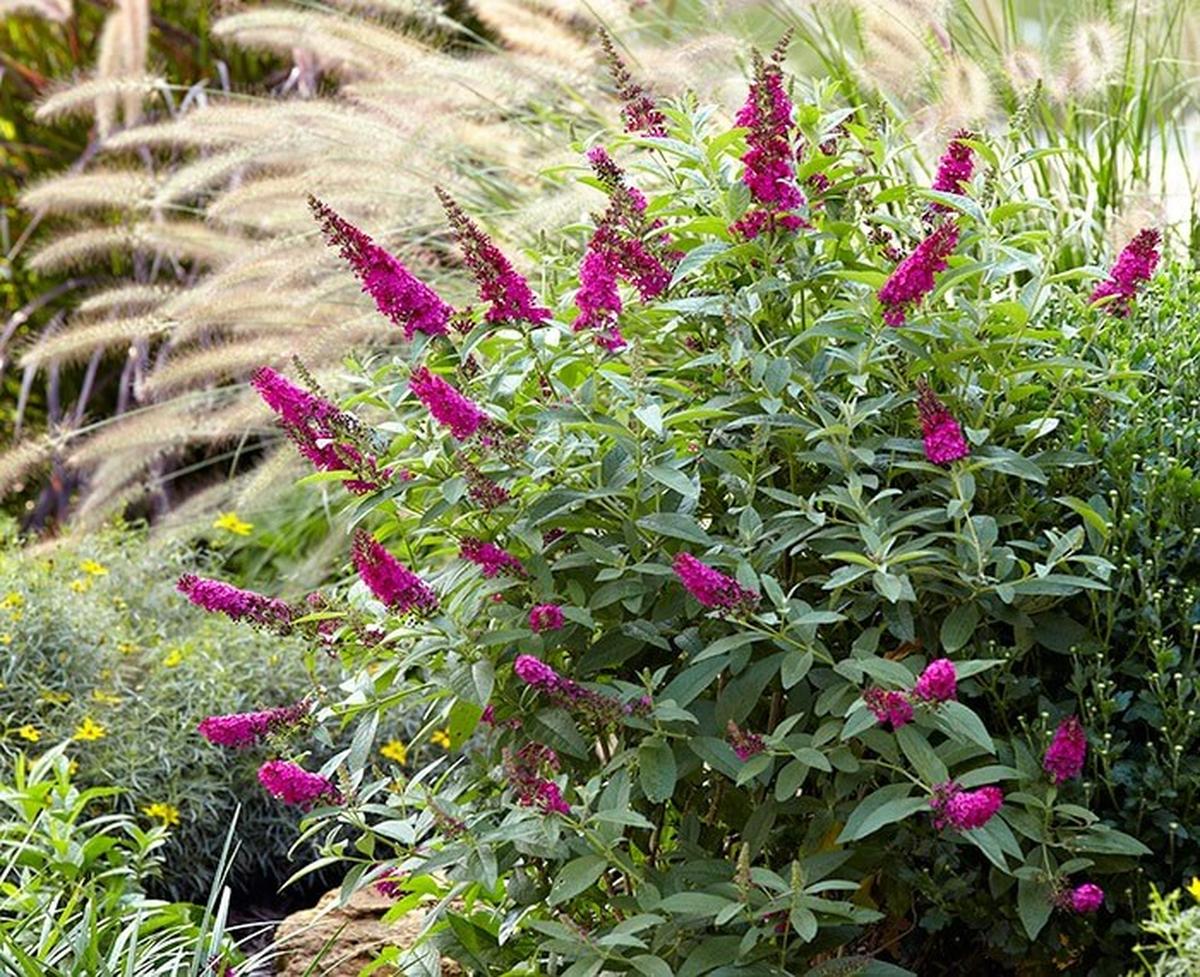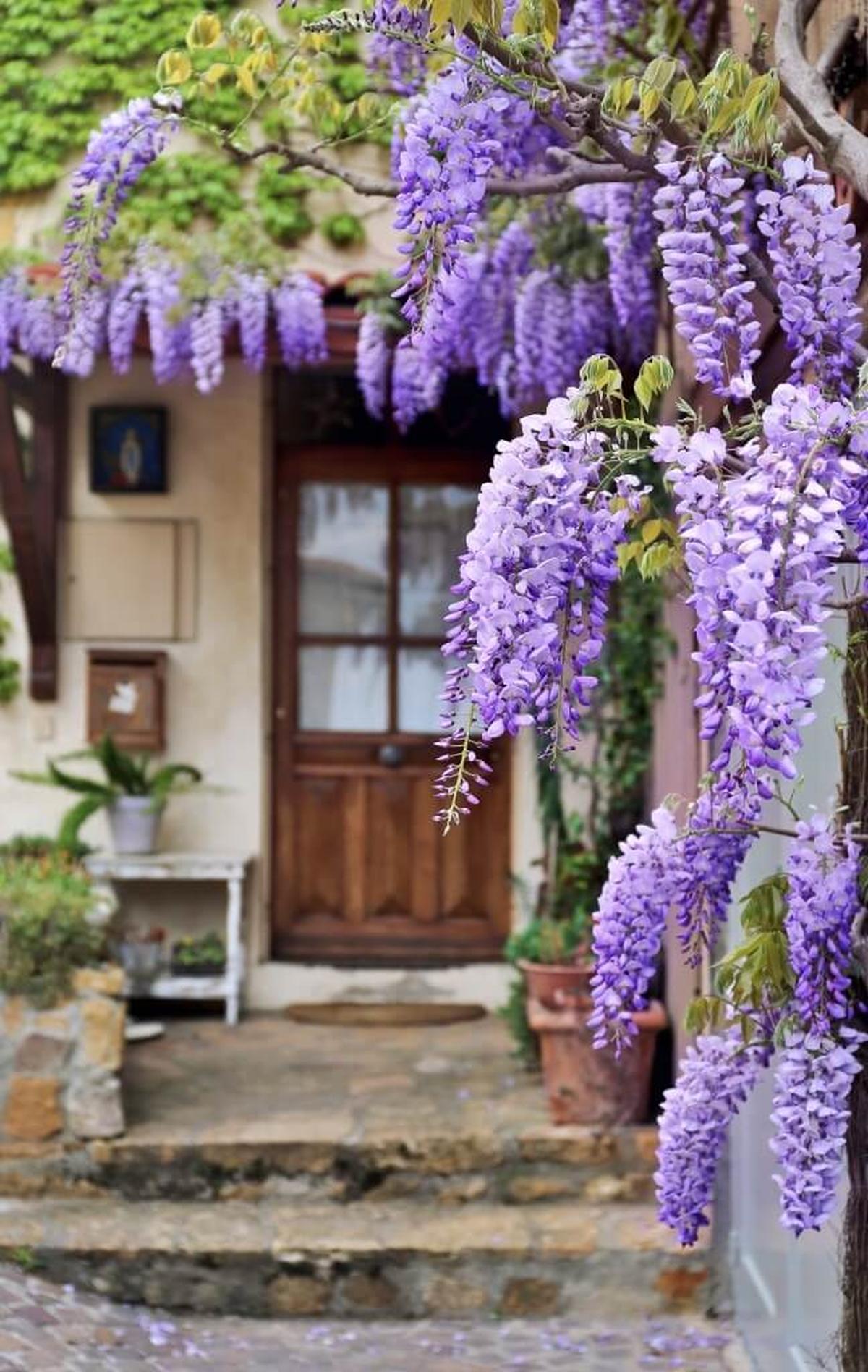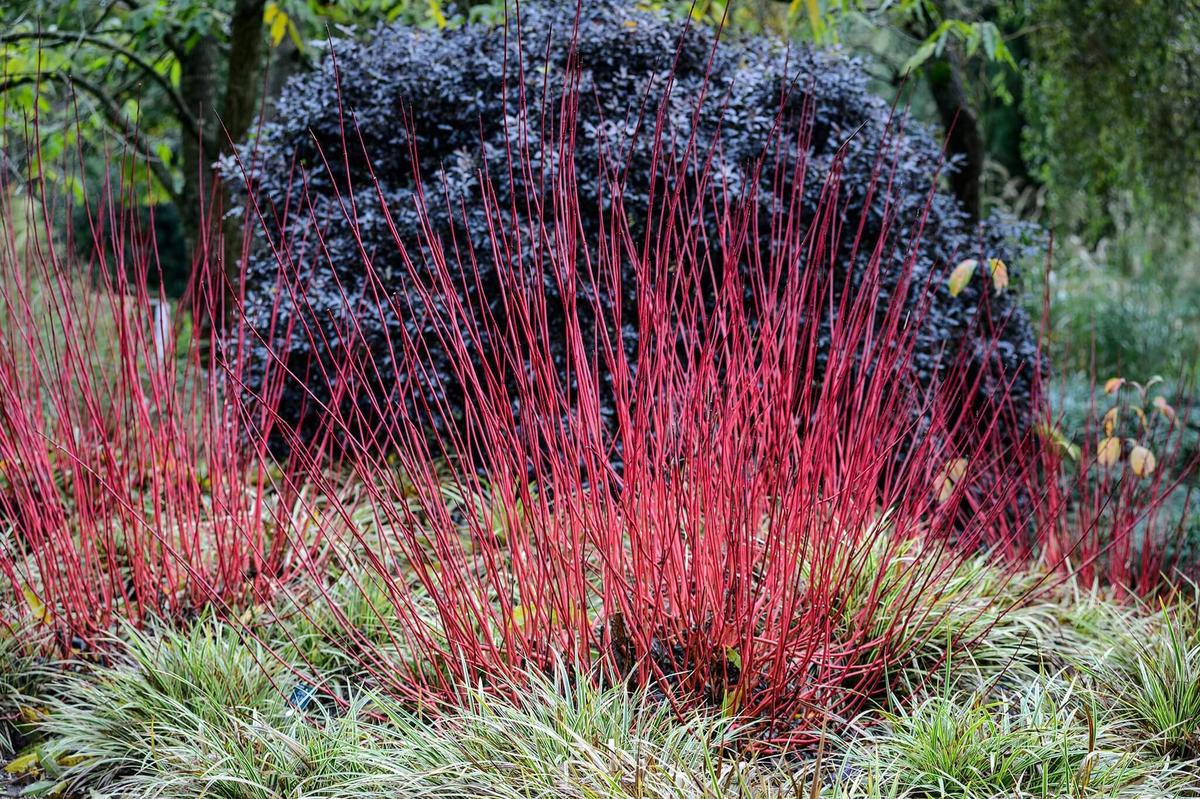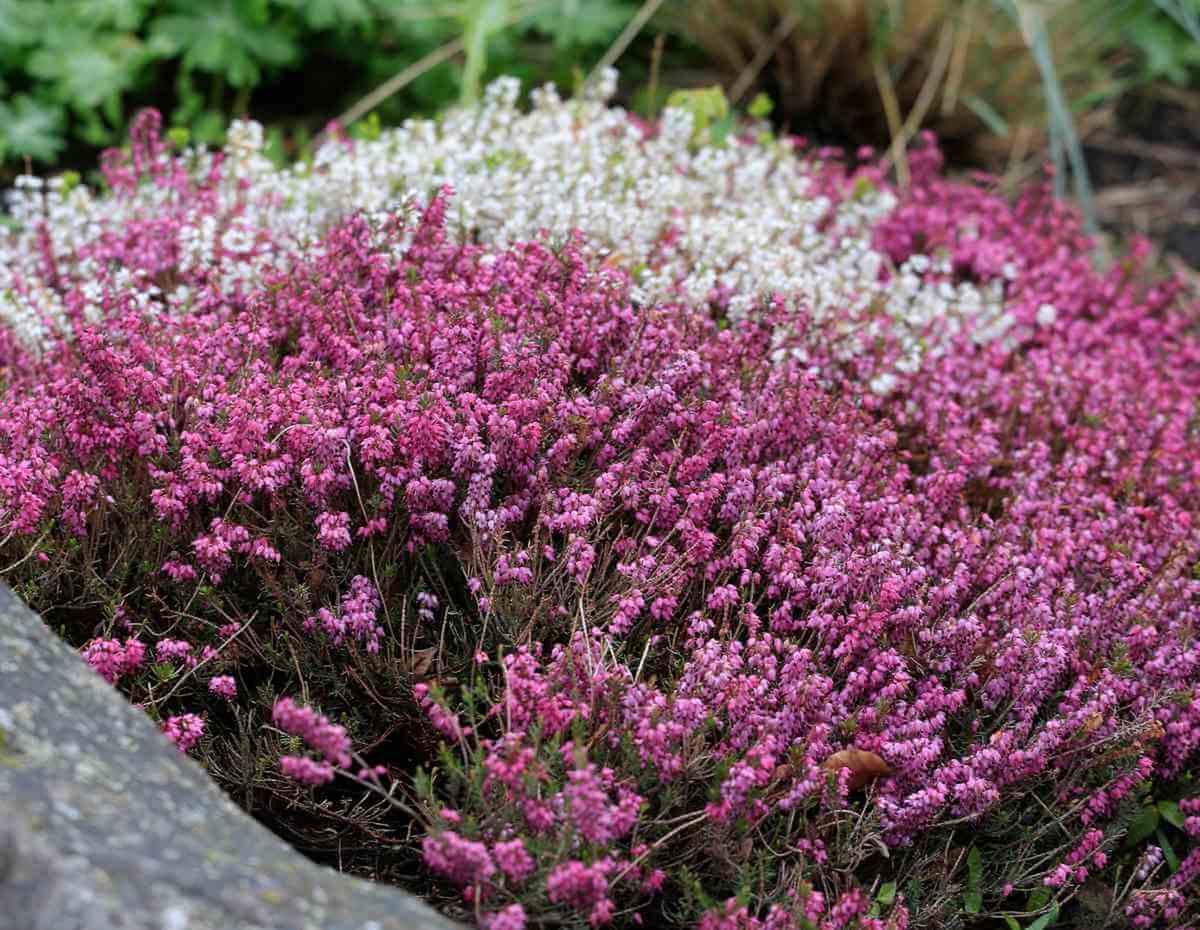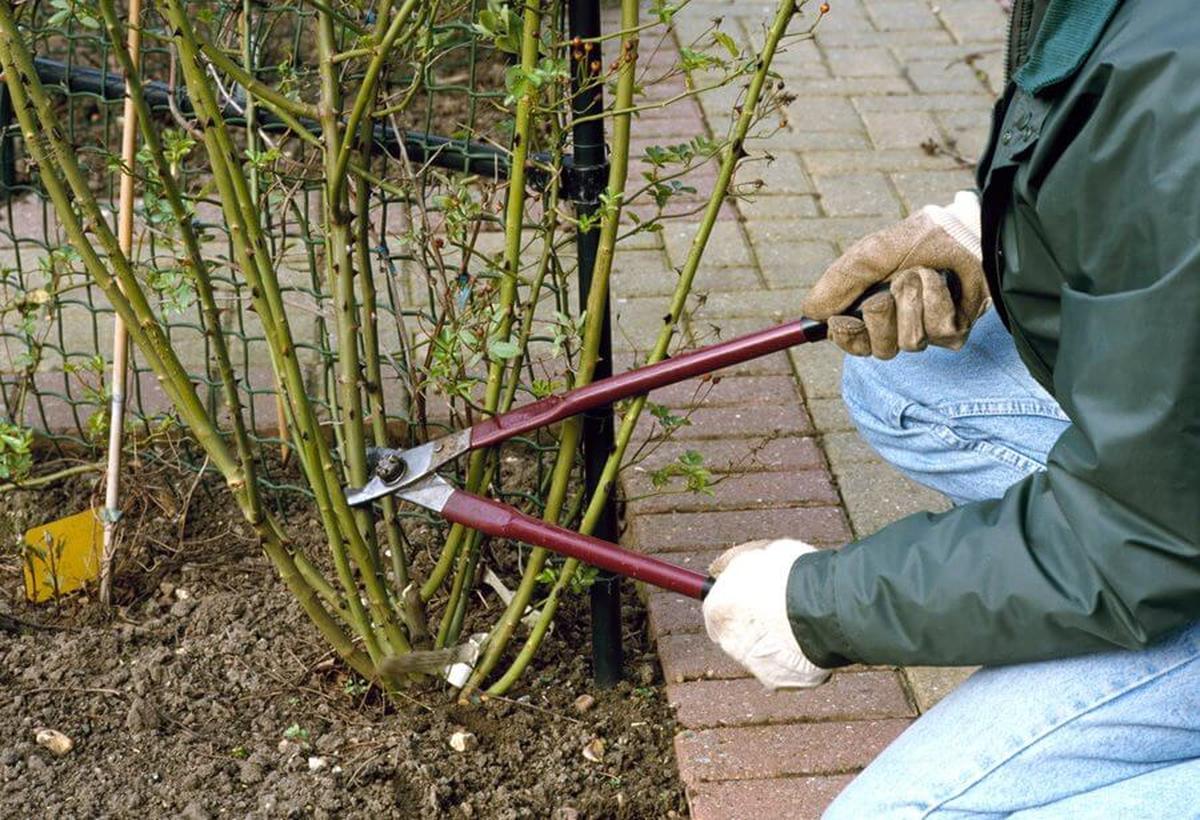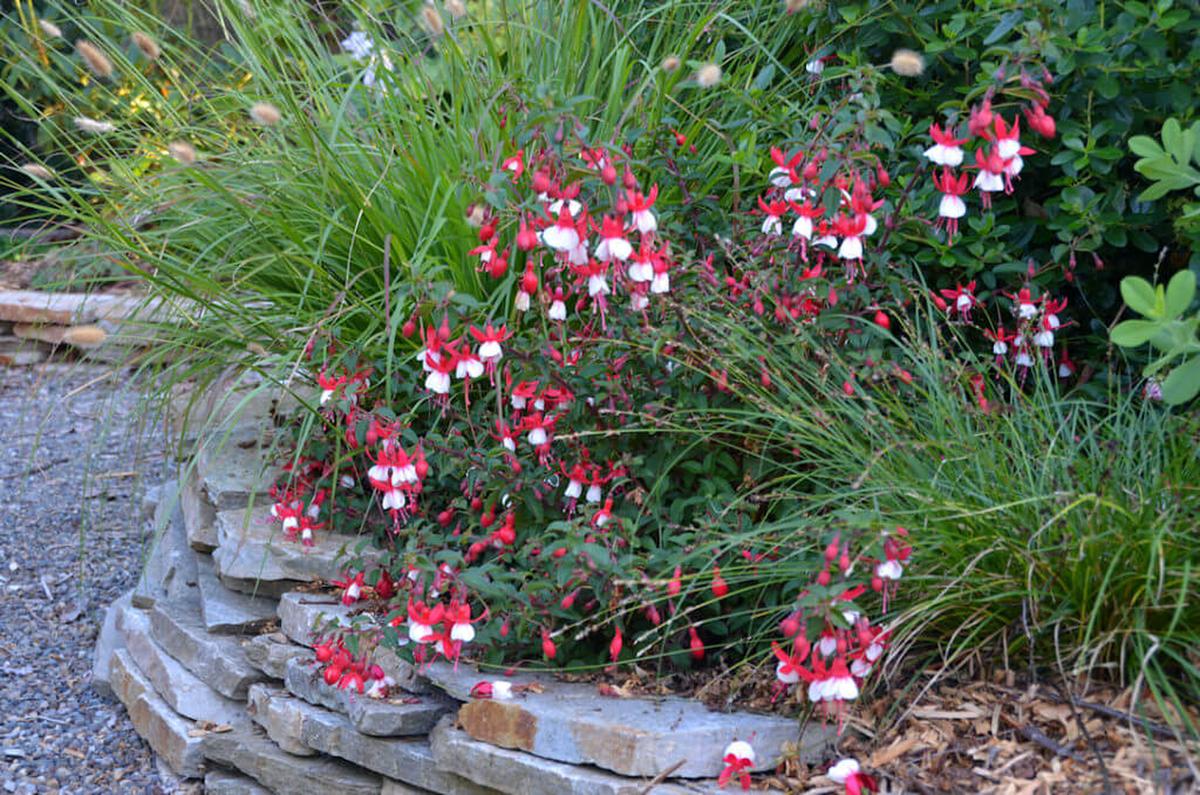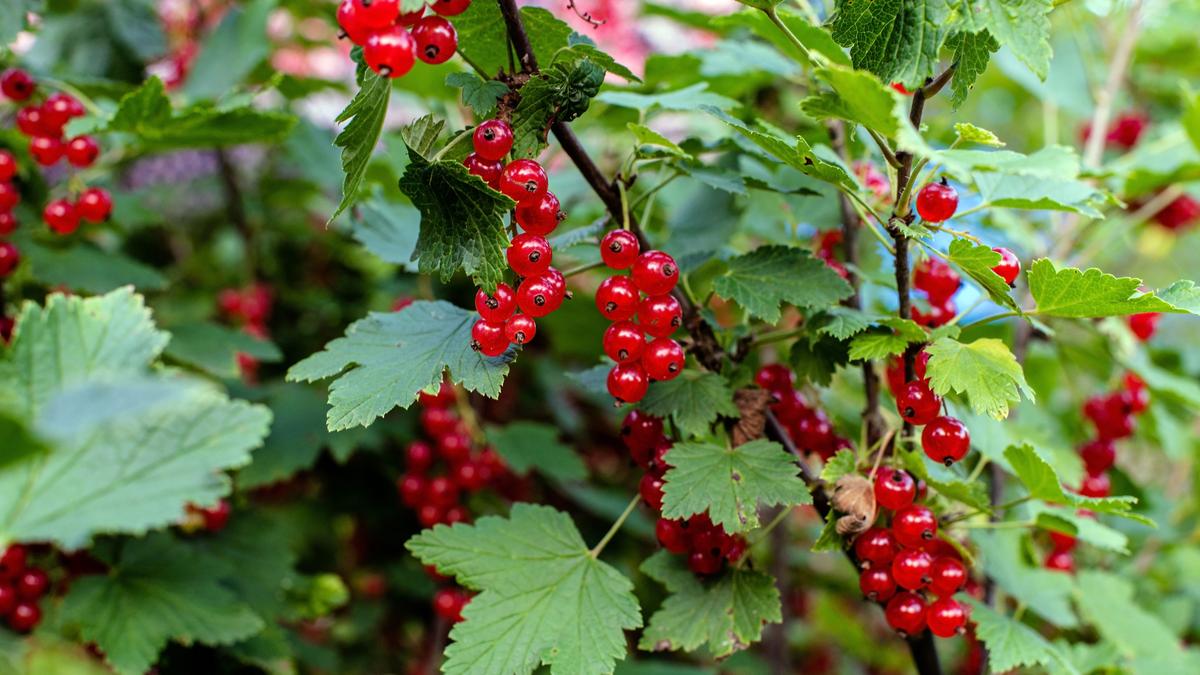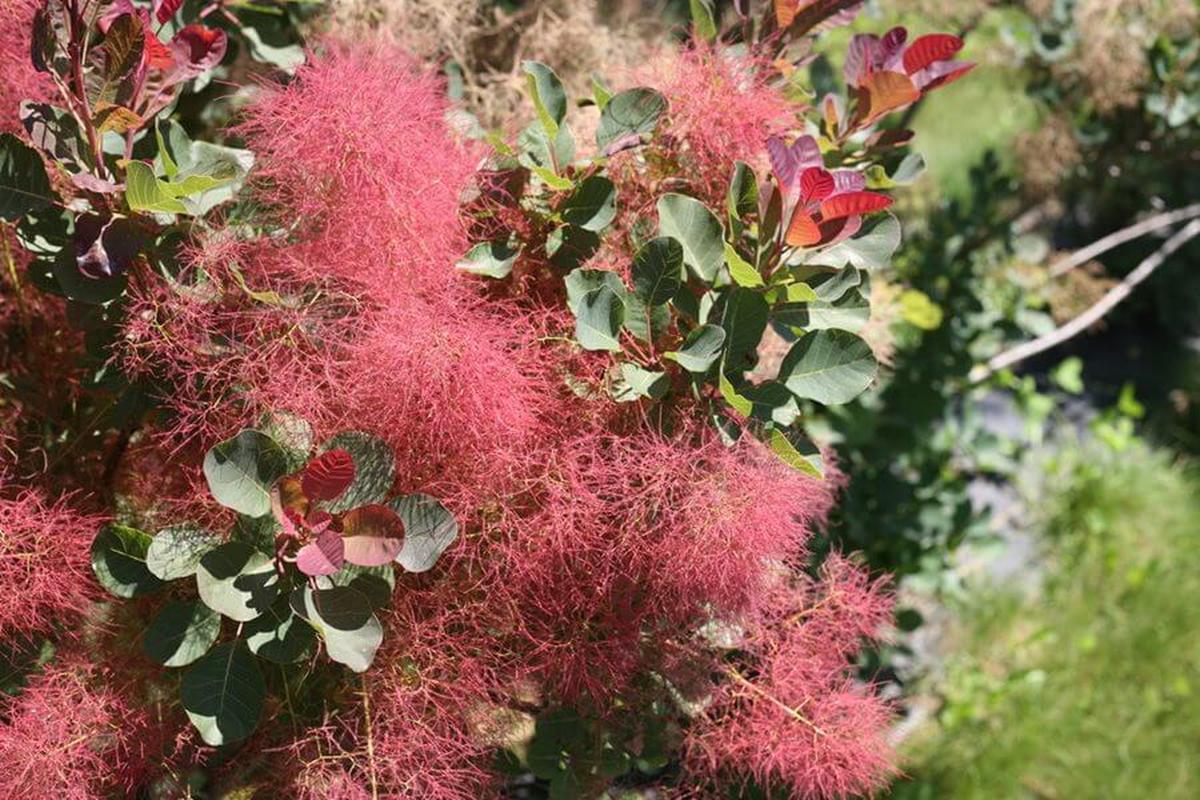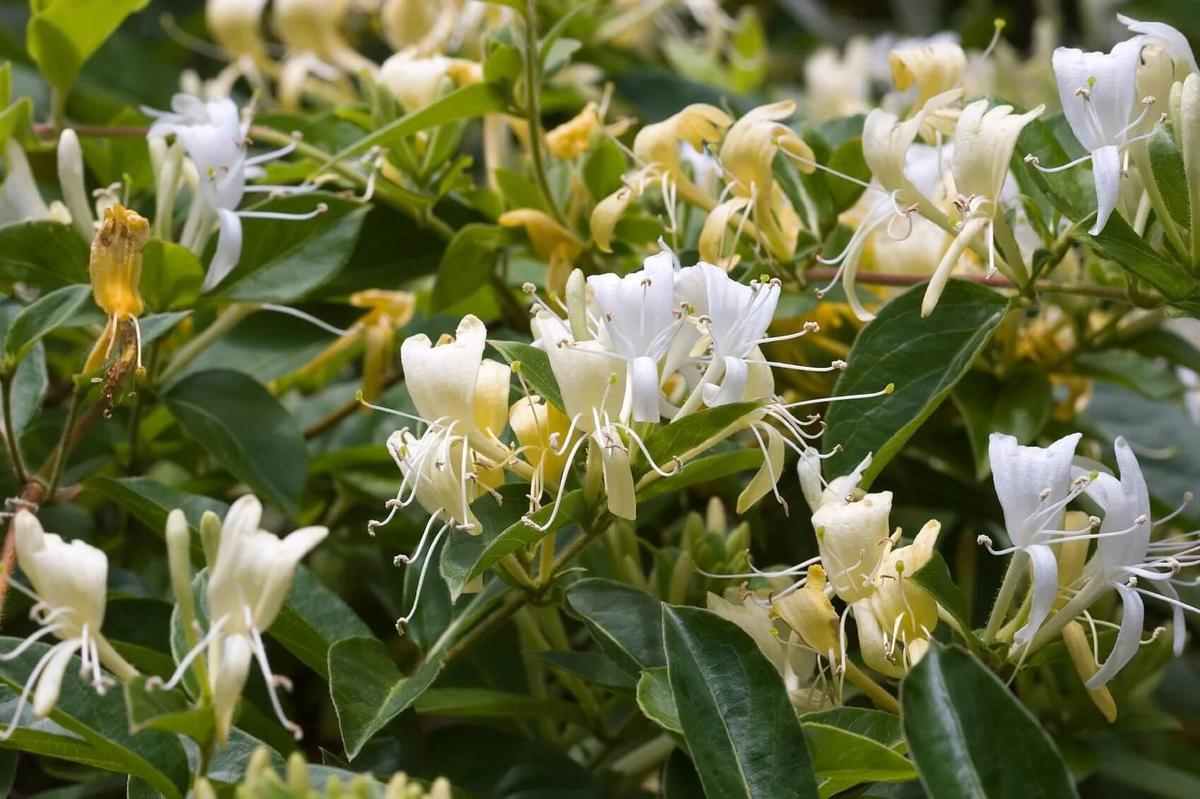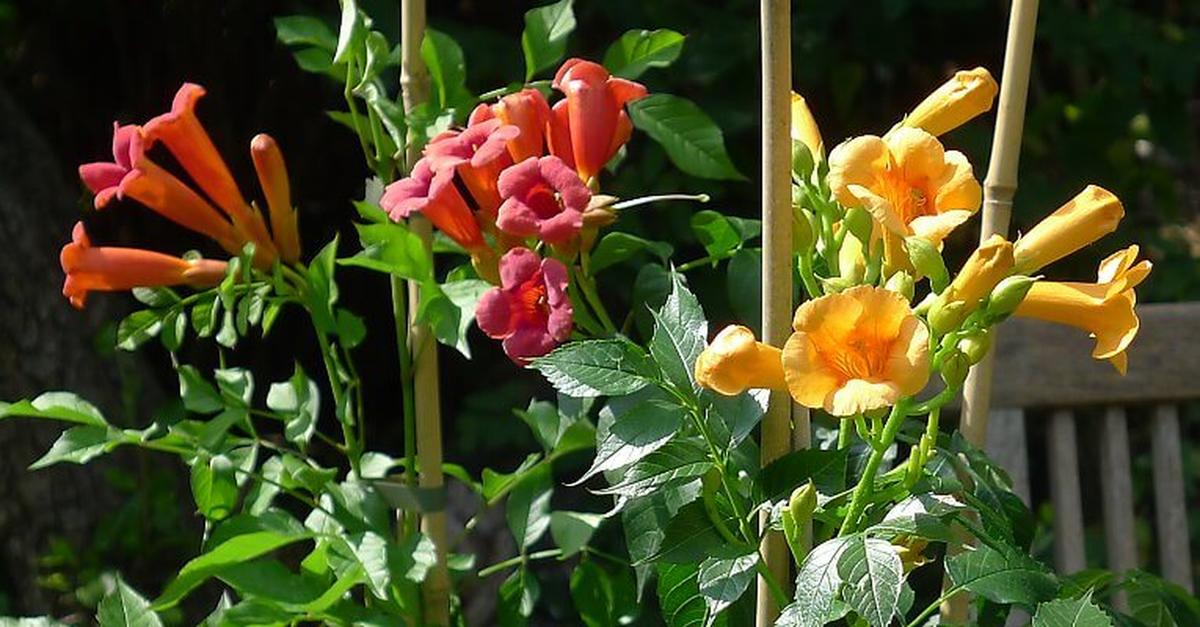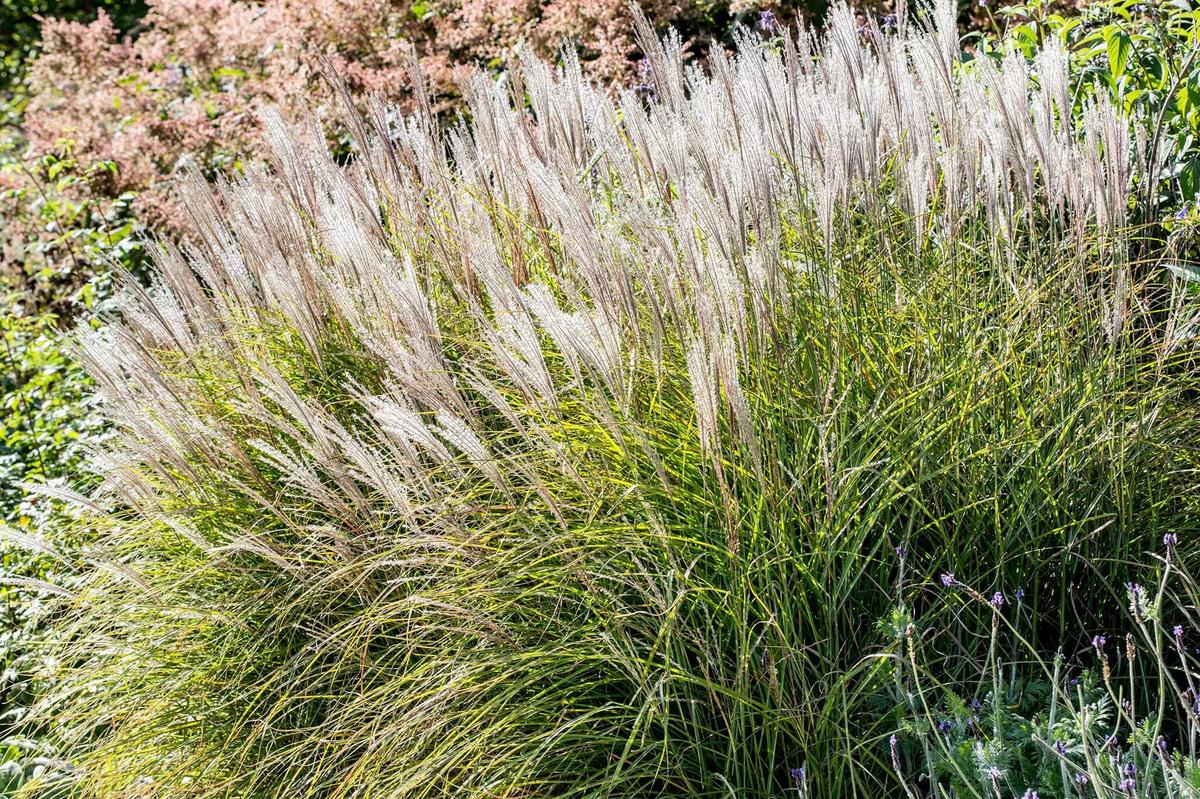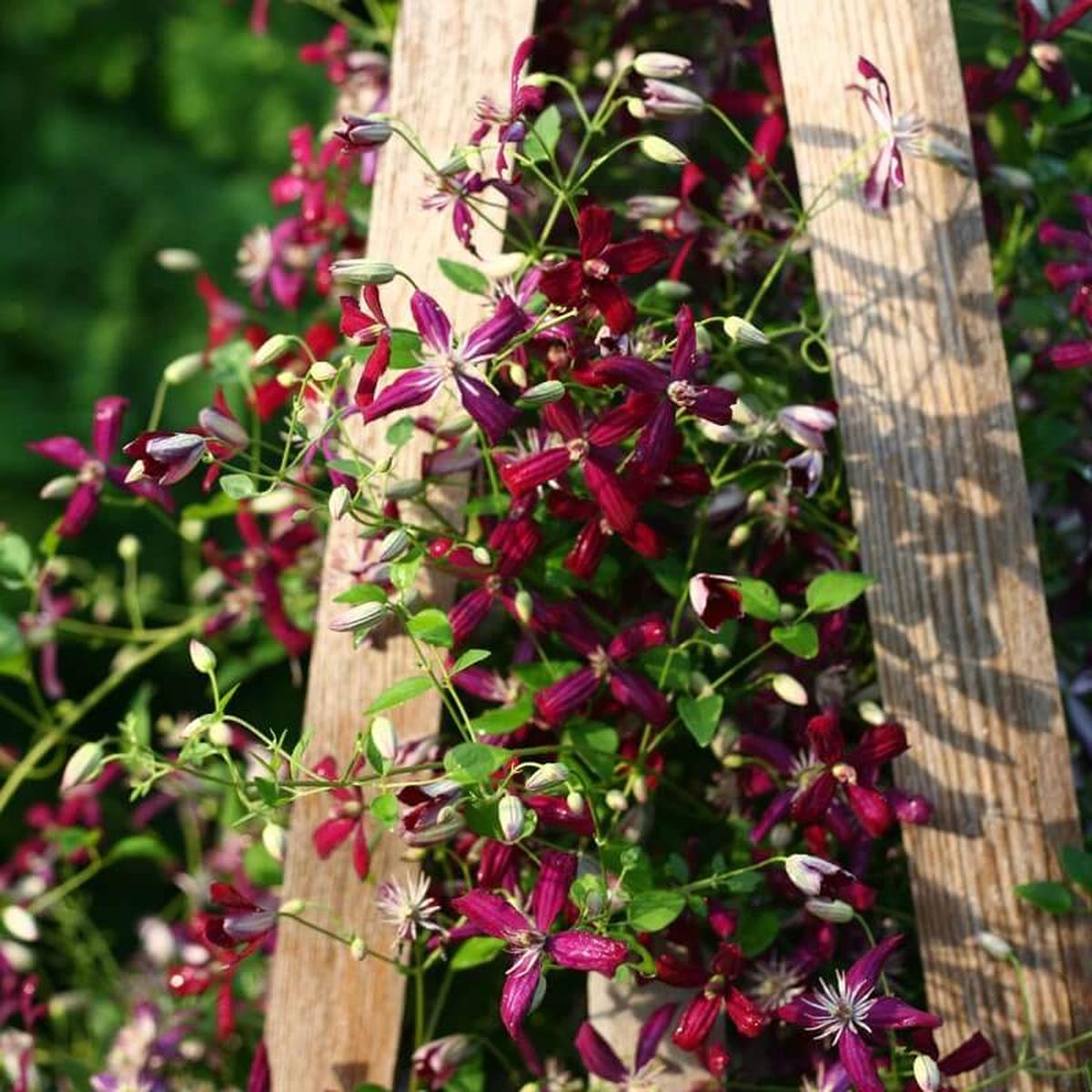12 Important Plants That Need Winter Pruning for Healthy Growth
Pruning certain plants during winter is essential for encouraging healthier, more vibrant growth in the following seasons. Removing dead or overgrown branches ensures that energy is directed toward new development, improving the plant's overall structure.
Proper winter pruning promotes better air circulation and sunlight penetration, vital for strong growth. Some plants even bloom more profusely after a careful winter trim, adding to their beauty.
Knowing which plants need winter pruning can make all the difference in your garden's health and appearance. Explore 12 beautiful plants that thrive with winter pruning for better growth:
Butterfly bush
A butterfly bush can transform your garden with its vibrant and aromatic blooms. During winter, maintaining control over this robust plant is crucial for optimal growth.
Pruning helps promote healthier foliage in the upcoming growing season. Depending on the age of your butterfly bush, you may require a pruning saw or loppers to manage those thicker branches effectively.
With proper care, this plant becomes a stunning focal point that attracts pollinators year after year.
Wisteria
Wisteria is a stunning plant that thrives in spring when its sap moves to the branches, fueling fresh leaves. To promote healthy growth and blooming, pruning should occur during winter prior to this sap flow.
This timing ensures you manage the plant effectively while enhancing its beauty for the upcoming season. By cutting back at just the right moment, I can help maintain its shape and vitality throughout each year.
Proper care leads to a thriving display of blossoms that will catch anyone's eye in your garden.
Dogwood shrubs
Dogwood shrubs bring a splash of color to your garden. As they grow, their vibrant branches transform from striking shades of red, yellow, or orange into more muted brown tones.
To ensure you enjoy those warm hues during winter months, pruning them aggressively in late winter is essential. This technique not only enhances their appearance but also promotes healthy growth for the upcoming season.
Investing time in dogwood care can truly elevate your outdoor space's charm and visual appeal throughout the year.
Winter heather
Winter heather is an excellent choice for those looking to add color to their gardens during the colder months. This resilient plant thrives in containers and gradually spreads, making it a non-invasive option.
Unlike many others that require heavy pruning in winter for new growth, winter heather mainly needs trimming to eliminate any dead sections and maintain its neat appearance. With its ability to bloom consistently throughout the season, you can enjoy vibrant displays even when most flowers have faded away.
Embracing this hardy plant ensures your garden remains lively all winter long without much effort on your part.
Shrub roses and bush roses
Shrub roses and bush roses thrive with proper pruning, which encourages dense foliage and vigorous growth. Begin by making your cuts just above a bud to stimulate new life.
This technique not only enhances the plant's shape but also promotes healthier blooms. A well-pruned rose will flourish beautifully in any garden space, adding both color and texture.
Investing time in their care ensures they remain robust throughout the growing season.
Hardy fuchsia
Hardy fuchsia makes for an excellent addition to your garden, thriving with minimal maintenance. Young plants usually don’t require yearly pruning, allowing you to enjoy their beauty without much effort.
For those looking to refresh their fuchsias, a rejuvenation cut every five years can promote new growth and vitality. This plant not only offers vibrant colors but also adapts well over time in various conditions.
You’ll find that hardy fuchsia is both resilient and rewarding as it flourishes beautifully year after year.
Gooseberries and currants
Gooseberries and currants thrive with proper care. Neglecting to prune them leads to chaos, as they can become overgrown and unruly.
Taking the time during winter for pruning not only keeps your plants manageable but also encourages a bountiful harvest of succulent fruits come summer. With regular maintenance, you’ll enjoy a fruitful garden that’s both productive and pleasing to the eye.
Managing these delightful berries ensures you'll reap their sweet benefits all season long.
The smoke bush
Introducing the smoke bush can truly enhance your garden's vibrancy with its striking hues and rich textures. For optimal blooming, a bit of light pruning will suffice.
Focus on trimming branches that cross each other while also addressing any erratic growth to preserve an attractive shape. This approach ensures a well-structured shrub that captivates the eye throughout the seasons.
With just a few careful snips, you can cultivate a stunning display in your outdoor space.
Honeysuckle
Honeysuckle is a resilient plant that can thrive without frequent pruning. When its growth turns lush and woody, it's wise to consider a winter trim every few years to restore balance.
Taking this step not only controls the size but also encourages an impressive display of blooms during summer months. With minimal maintenance, you’ll be rewarded with stunning flowers that enhance your garden's beauty effortlessly.
Regular care ensures it remains healthy while allowing you to appreciate its vibrant blossoms year after year.
Trumpet vine
Trumpet vine brings a bold, wild aesthetic to any space but can quickly become overwhelming if left unchecked. To maintain its beauty and encourage blooming at lower heights, seasonal pruning is essential.
A winter trim helps control its growth, preventing it from becoming excessively large or heavy on top. Depending on the specific growth rate of your plant, trimming every few years should keep it in check while enhancing its flowering potential.
This care ensures that you enjoy the vibrant colors without compromising the structure around it.
Deciduous grasses
Incorporating deciduous grasses into your winter landscape can provide both texture and depth. As spring arrives, new growth will emerge, making it essential to remove the old material for a tidy appearance.
Shearing back the dead grass is straightforward; trim it down to just above the crown, leaving around six to eight inches intact. This not only enhances visual interest but also supports healthy regrowth as warmer weather approaches.
Keeping your garden well-maintained fosters a vibrant outdoor space that thrives year after year.
Late-summer clematis
Late-summer clematis thrives with proper winter pruning, which boosts its growth and flower production. Aim to prune in mid-January for optimal results.
Focus on cutting just above the node to encourage new shoots. This simple maintenance will lead to a stunning display of large blooms when the season arrives.
Cultivating this plant ensures your garden shines brightly as summer unfolds.

